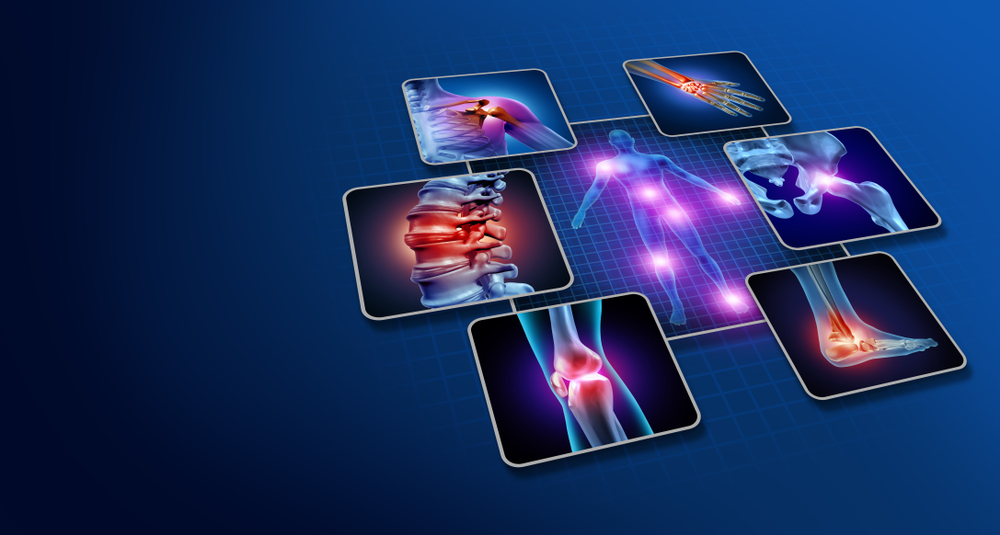Overview
In Nigeria, more than 10 million people have arthritis or similar conditions that cause pain and inflammation of the joints. Arthritis affects people of all ages, including children. Osteoarthritis and rheumatoid arthritis are the 2 most common types of arthritis.
Key Facts
- Arthritis causes pain and inflammation in the joints
- Osteoarthritis and rheumatoid arthritis are the two most common types of arthritis
- It is estimated that 15,000 children and young people have arthritis in Nigeria
- There is no cure for arthritis but treatment can help ease the pain
Symptoms
There are different types of arthritis. The symptoms experienced will depending on the type you have but these are the most common symptoms:
- Joint pain, tenderness and stiffness
- Restricted movement of the joints
- Inflammation in and around the joints
- Warm red skin over the affected joint
- Weakness and muscle wasting
Osteoarthritis initially affects the smooth cartilage lining of the joint. This makes movement more difficult than usual, leading to pain and stiffness. Severe loss of cartilage can lead to bone rubbing on bone, altering the shape of the joint and forcing the bones out of their normal position.
The most commonly affected joints are those in the:
- hands
- spine
- knees
- hips
Diagnosis
To determine whether you have arthritis, your doctor will ask about your symptoms and examine the affected joints.
Your doctor may suspect osteoarthritis, which is the most common type of arthritis if:
- You’re aged 45 or older
- Joint pain gets worse the more you use the affected joints
- The stiffness in your joints is not there in the mornings, or lasts less than 30 minutes
Rheymatoid arthritis is harder to diagnose as there’s no definitive test for it but will normally include having further tests such as X-rays or blood tests.
Causes
The causes of osteoarthritis and rheumatoid arthritis are different:
- Osteoarthritis
Osteoarthritis is the most common type of arthritis in Nigeria, affecting nearly 9 million people. It often develops in people in their mid-40s or older and is more common in women and people with a family history of the condition. However, it can occur at any age as a result of an injury or be associated with other joint-related conditions.
It involves wear-and-tear damage to a joint’s cartilage, that is the hard, slick coating on the ends of bones where they form a joint. The cartilage cushions the ends of the bones and allows nearly frictionless joint motion, but enough damage can result in bone grinding directly on the other bone and that causes pain as well as potential restricted movement.
- Rheumatoid arthritis
For unknown reasons, the body’s immune system can attack the lining of the joint capsule, a tough membrane that covers all the joint parts. As a result of the immune system attacking this lining, it becomes inflamed and swollen. Unfortunately, the disease process can eventually destroy cartilage and bone within the joint.
In Nigeria, rheumatoid arthritis affects more than 400,000 people. It often starts when a person is between 40 and 50 years old and women are three times more likely to be affected than men. In rheumatoid arthritis, the body’s immune system targets affected joints, which leads to pain and swelling.
Risk factors
Risk factors for arthritis include;
- Family history
- Age
- Your biological sex
- Previous joint injury
- Obesity
Prevention
Although there is no single prevention tactic, living a healthy lifestyle can reduce the risk factors:
- Having a healthy diet including foods of omega-3 fatty acids, such as fish
- Regular exercise
- Stopping smoking
- Avoiding foods and drinks high in sugar
Typical Treatments
There is no cure for arthritis, but there are many treatments that can help slow it down.
Osteoarthritis treatments include lifestyle changes, medicines and surgery.
Treatment for rheumatoid arthritis aims to slow the condition’s progress and minimise joint inflammation, which helps prevent joint damage.
Depending on the type of arthritis you are diagnosed with and the severity of it, treatment can include medication, physiotherapy and surgery. Your doctor will discuss with you the most appropriate options for you.
Conclusion
The outlook for patients with arthritis depends on its severity and which parts of your body it affects. Living with it can be difficult and carrying out simple, everyday tasks can often be painful and hard to complete. However, there are many things you can do to live a healthy lifestyle.
MOST COMMON







